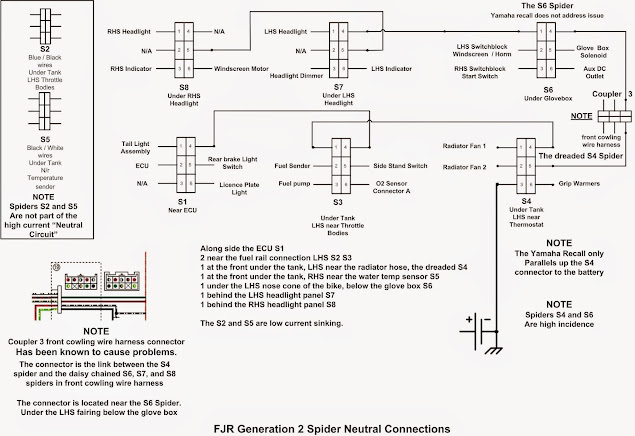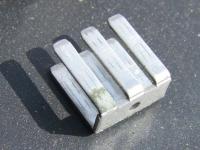Wrxdriver2011
Member
My 2010/11 FJR 1300 which I bought new in 2012 has been a great bike but for the last 2 years it has been plagued by a electrical problem. The headlights don't work, the blinkers stay on and the windshield does not work at all(sometimes when the bike is off but electrics are on. Ive had the problem inspected twice. The first time he inspected all fuses/relays/diodes/connections and couldn't find a problem, when he put it all back to together it worked. Months later it started again. I decided to inspect it myself and after spraying the dimmer relay with inox just below the speedo it started to work again. He further inspected it and put dialectic grease on it. The problem has arisen after a third time (a few months later) and I did the same thing but tried to clean it out with contact cleaner and then put dialectic grease back on it. It worked for a few days again then after riding through two consecutive days of light rain the problem is back.
I ride the bike everyday to commute to work in rain, hail or shine. Ive done 50,000km since buying it new. I really love the bike and hate the idea of driving to work now because the bike has no headlight.
I ride the bike everyday to commute to work in rain, hail or shine. Ive done 50,000km since buying it new. I really love the bike and hate the idea of driving to work now because the bike has no headlight.
Last edited by a moderator:





